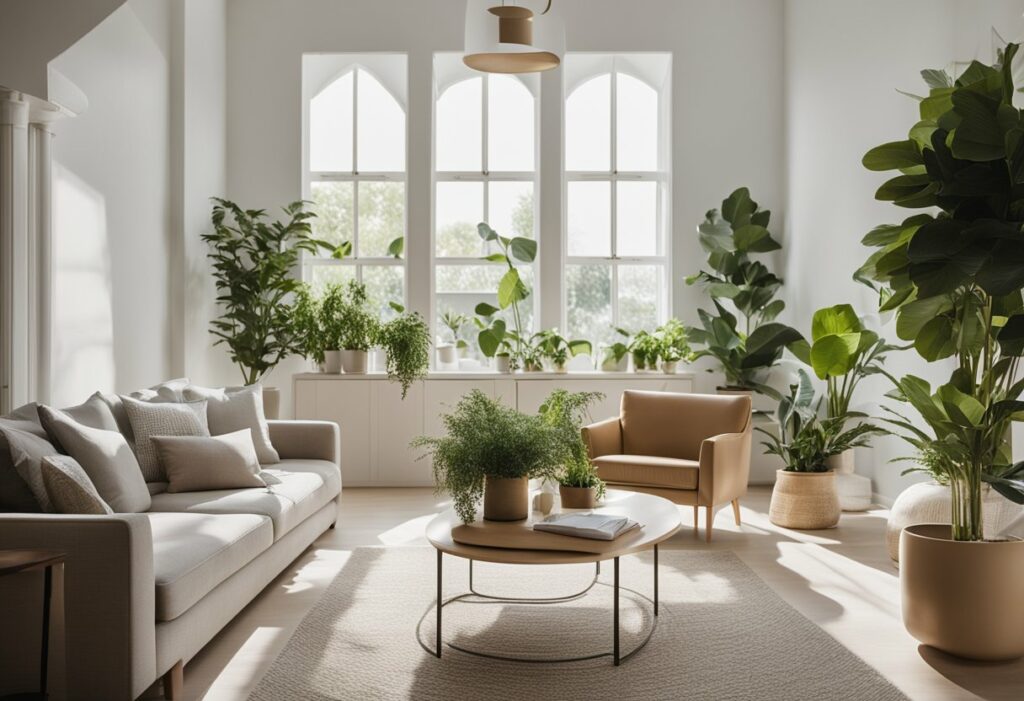Practical Interior Design: Tips and Tricks for a Stylish and Functional Home
If you’re looking to revamp your living space, practical interior design is the way to go. Practical interior design is all about creating a space that is both functional and aesthetically pleasing. It’s about designing a space that works for you and your lifestyle, while still looking great.
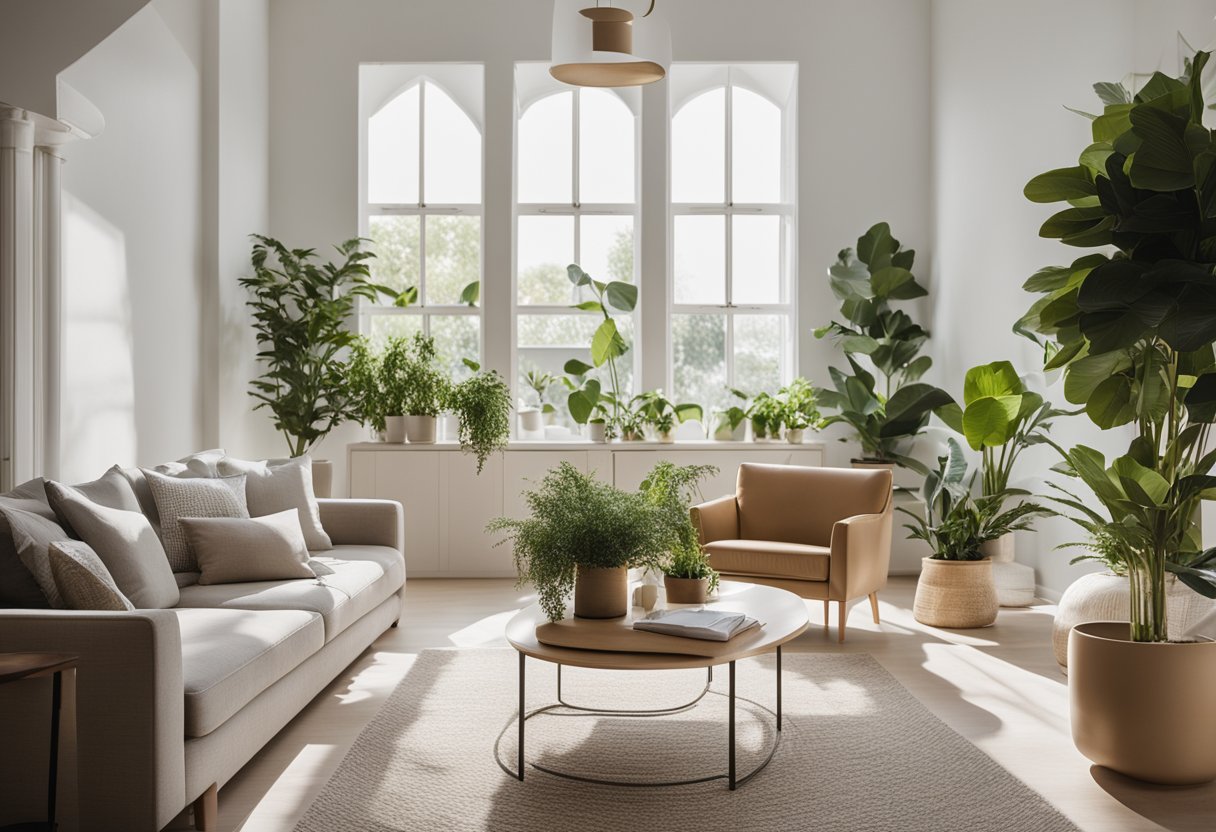
To achieve practical interior design, you need to understand the fundamentals of interior design. This includes knowing how to choose the right colours, textures, and patterns to create a cohesive look. It also involves understanding the importance of lighting and how it can affect the mood of a room. By mastering these basics, you can create a space that is both functional and beautiful.
Styling your space is another important aspect of practical interior design. This involves choosing the right furniture, decor, and accessories to complement your design style. Whether you prefer a minimalist, modern look or a more traditional, cosy feel, there are plenty of ways to style your space to suit your taste. With a little creativity and some inspiration, you can create a space that is uniquely yours.
Key Takeaways
- Practical interior design is all about creating a space that is both functional and aesthetically pleasing.
- Understanding the fundamentals of interior design, such as colour, texture, and lighting, is key to achieving practical interior design.
- Styling your space with the right furniture, decor, and accessories can help you create a space that is uniquely yours.
Fundamentals of Interior Design
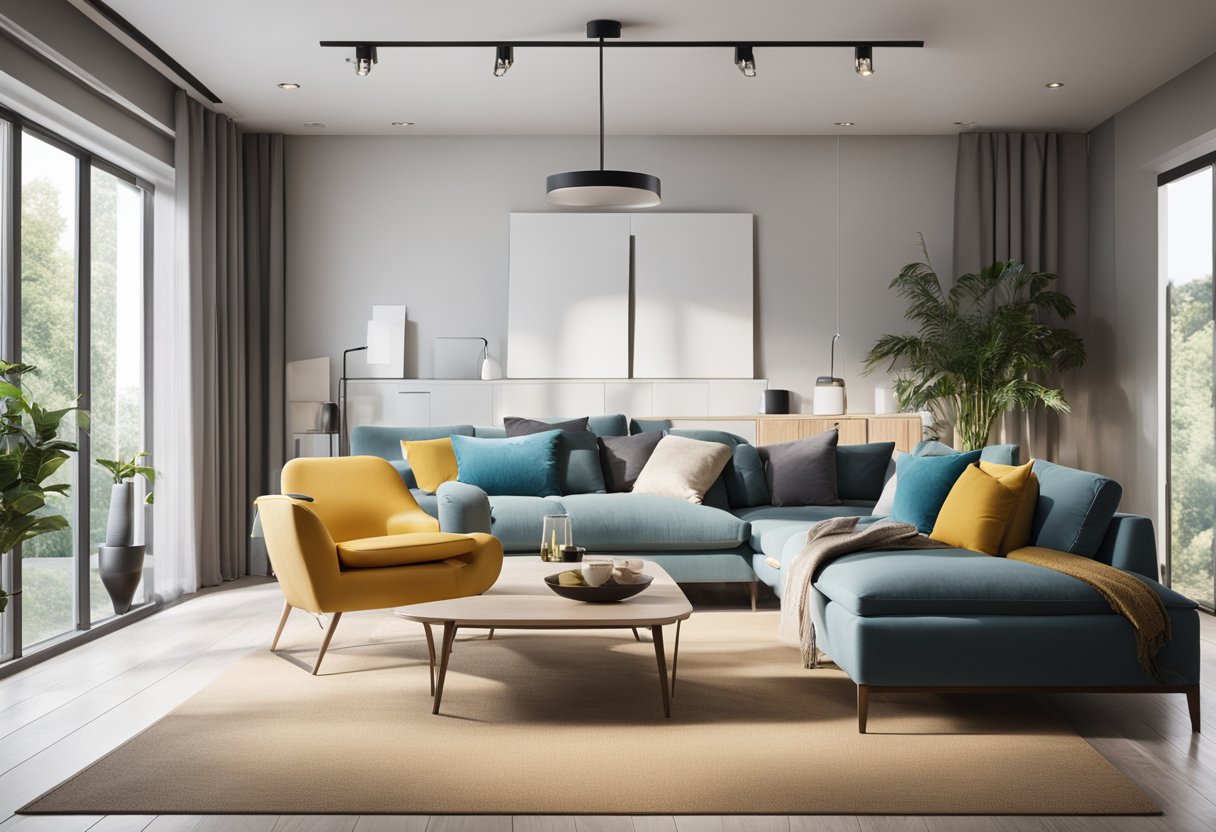
If you’re looking to transform your living space, understanding the fundamentals of interior design is essential. Interior design is the art and science of enhancing the interior of a space to create a visually appealing and functional environment. In this section, we’ll explore the key elements of interior design and how they work together to create a cohesive and visually pleasing space.
Understanding Space and Scale
One of the most important aspects of interior design is understanding space and scale. The way that you arrange furniture and other elements within a room can have a big impact on how spacious or cramped the room feels. To make the most of your space, it’s important to consider the size and shape of your room, as well as the size and scale of your furniture and other decorative elements.
The Role of Colour and Light
Colour and light are two of the most powerful tools in interior design. Colour can be used to create a mood or atmosphere, while light is essential for both practical and aesthetic reasons. When choosing a colour scheme for your room, it’s important to consider the mood that you want to create. For example, warm colours like red and orange can create a cosy and inviting atmosphere, while cool colours like blue and green can create a calm and relaxing environment.
Balancing Form and Function
When it comes to interior design, form and function are equally important. While it’s important to create a visually appealing space, it’s also essential that the space is functional and practical. To strike the right balance between form and function, it’s important to consider the purpose of the room and the needs of the people who will be using it. For example, a living room should be comfortable and inviting, with plenty of seating and space to relax, while a home office should be functional and well-organised, with plenty of storage and workspace.
Overall, the key to successful interior design is to strike a balance between form and function, and to create a space that is both visually appealing and practical. By understanding the key elements of interior design, such as space, scale, colour, light, form, and functionality, you can transform your living space into a beautiful and functional environment that reflects your personal style and meets your needs.
Styling Your Space
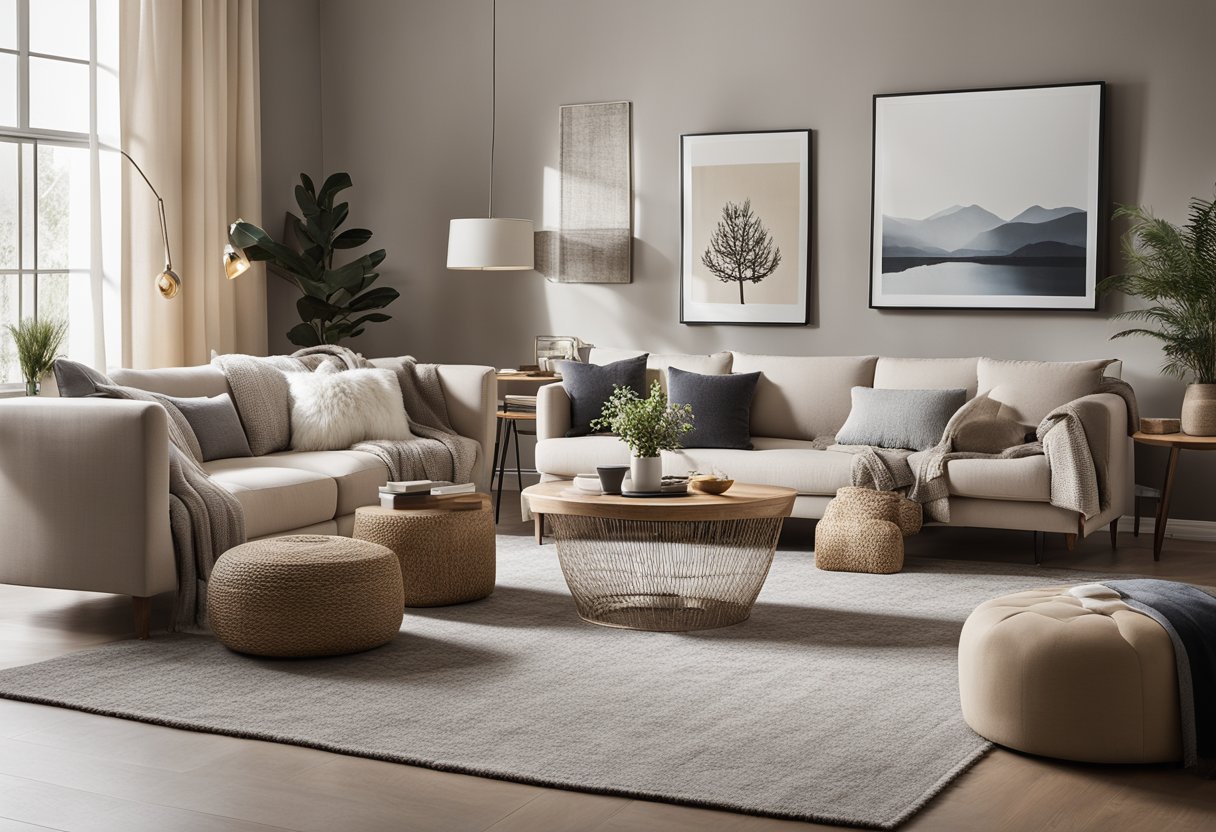
Excited to decorate your home but not sure where to start? Styling your space can be a fun and creative process, but it can also be overwhelming. In this section, we’ll cover some practical tips for styling your interior space.
Choosing a Design Theme
The first step to styling your space is to choose a design theme. Whether you prefer modern, contemporary, traditional, or minimal styles, it’s important to choose a theme that reflects your personality and lifestyle. Start by selecting a colour palette that you love, and then build your theme around it. You can also incorporate statement pieces, such as a bold rug or unique artwork, to give your space a focal point.
Accessorising with Purpose
Accessories are an important part of interior design, but it’s important to use them with purpose. Instead of cluttering your space with unnecessary items, choose accessories that serve a purpose and add to the overall aesthetic. For example, a vase of fresh flowers can add colour and texture to a room, while also providing a pleasant scent. Similarly, a collection of books or decorative objects on a shelf can add visual interest and personality to a space.
Incorporating Textures and Patterns
Texture and pattern are important elements of interior design that can add depth and interest to a space. When incorporating texture, consider using different materials such as wood, metal, and fabric to create contrast and visual interest. For example, a plush rug can add warmth and softness to a room, while a metal accent piece can add a modern and industrial feel. When using patterns, it’s important to choose them wisely. Instead of using too many patterns, choose one or two that complement each other and add visual interest without overwhelming the space.
Remember, styling your space is a personal process, and there are no hard and fast rules. Use these tips as a starting point, and let your creativity guide you as you create a space that reflects your unique style and personality.
Frequently Asked Questions
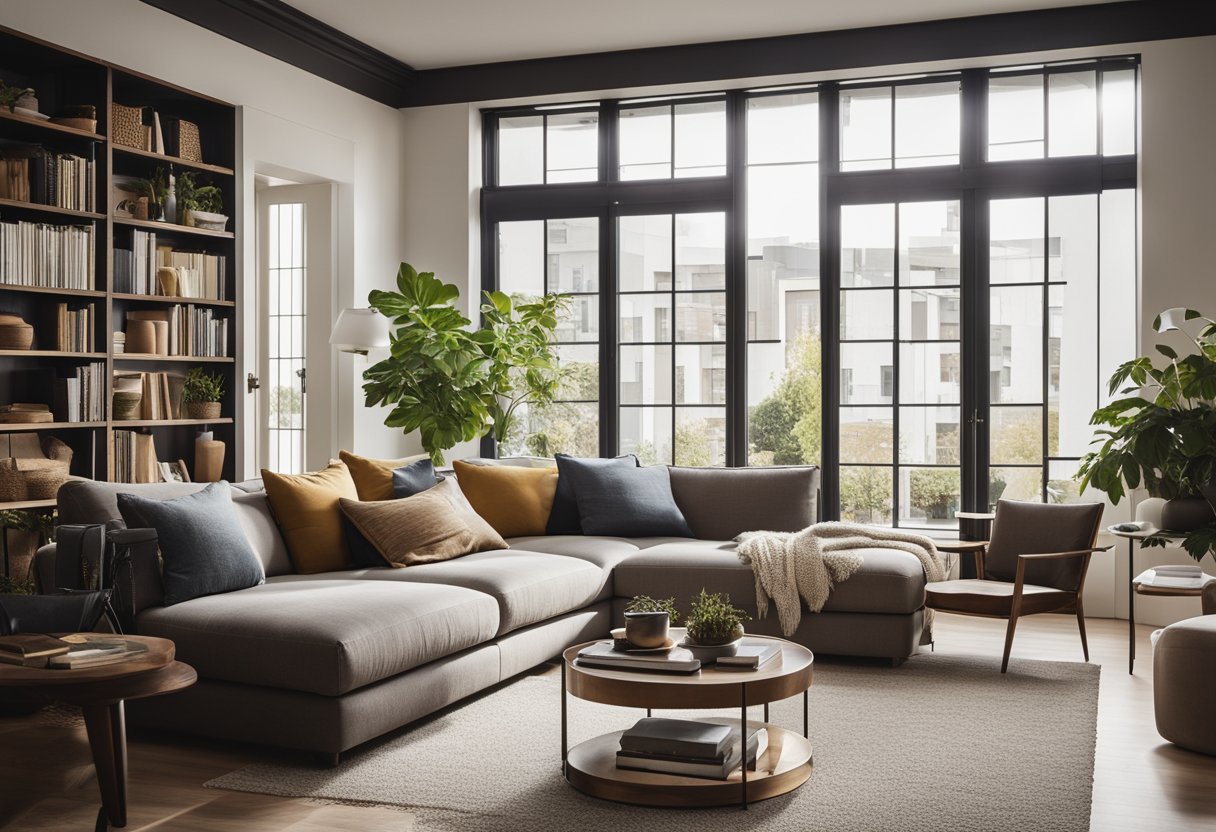
How can I maximise space in my compact home with smart design?
If you have a small home, you can maximise the space with smart design ideas. One of the best ways to do this is to use multifunctional furniture. For example, a sofa bed or a storage ottoman can serve multiple purposes without taking up too much space. You can also use wall-mounted shelves and cabinets to free up floor space. Mirrors can also make your space look bigger by reflecting light and creating an illusion of depth.
What are the top tips for creating a functional yet stylish living room?
A living room should be both functional and stylish. One of the best ways to achieve this is to choose furniture that is both comfortable and aesthetically pleasing. You can also add accent pieces such as rugs, throw pillows, and artwork to create a cohesive look. Lighting is also important in a living room, and you can use a combination of overhead lighting, table lamps, and floor lamps to create a warm and inviting atmosphere.
Could you suggest budget-friendly ways to refresh my home’s interior?
Refreshing your home’s interior doesn’t have to be expensive. One of the best ways to do this is to use paint to create a new look. You can also add new curtains, throw pillows, and rugs to create a new colour scheme. Rearranging furniture and adding new accessories can also make a big difference. Shopping at second-hand stores and flea markets can also be a great way to find unique and affordable pieces.
What are the essential principles to follow for a well-balanced bedroom design?
Creating a well-balanced bedroom design involves several key principles. First, you should choose a colour scheme that is calming and relaxing. You should also choose furniture that is both functional and aesthetically pleasing. Adding soft lighting, such as table lamps and dimmer switches, can also create a relaxing atmosphere. Finally, you should add personal touches such as artwork, family photos, and decorative objects to make the space feel like your own.
How do I incorporate functionality into my kitchen without sacrificing style?
A functional kitchen doesn’t have to sacrifice style. One of the best ways to achieve this is to choose appliances and fixtures that are both functional and aesthetically pleasing. For example, a farmhouse sink and a commercial-style range can add both style and functionality to your kitchen. You can also use open shelving to display your favourite dishes and cookware. Finally, adding a kitchen island can provide extra storage and workspace while also adding style to your kitchen.
What are the key considerations for designing an inviting and practical hall space?
Designing an inviting and practical hall space involves several key considerations. First, you should choose a flooring material that is durable and easy to clean, such as hardwood or tile. You should also add storage solutions such as coat hooks, a shoe rack, and a console table with drawers. Adding a mirror can also make the space look bigger and brighter. Finally, adding a few decorative touches such as artwork and a rug can make the space feel inviting and welcoming.

